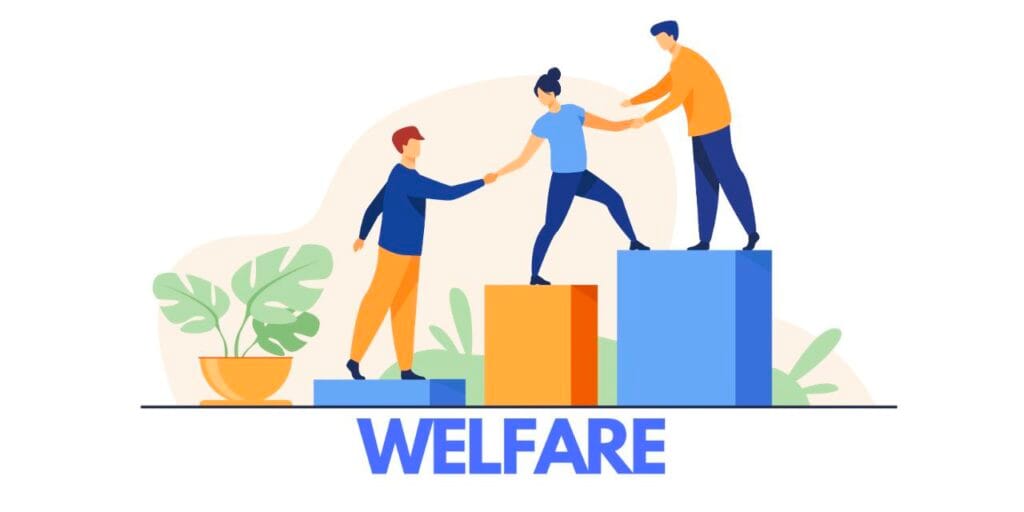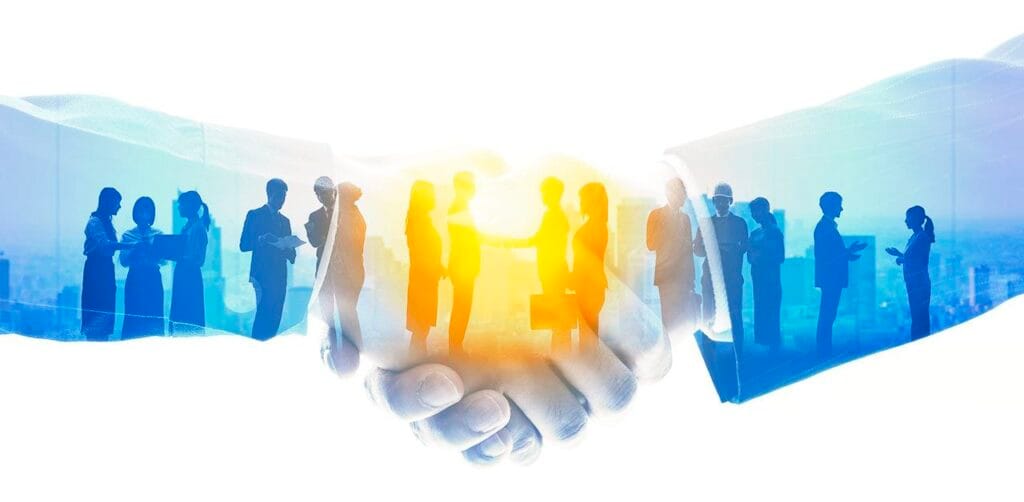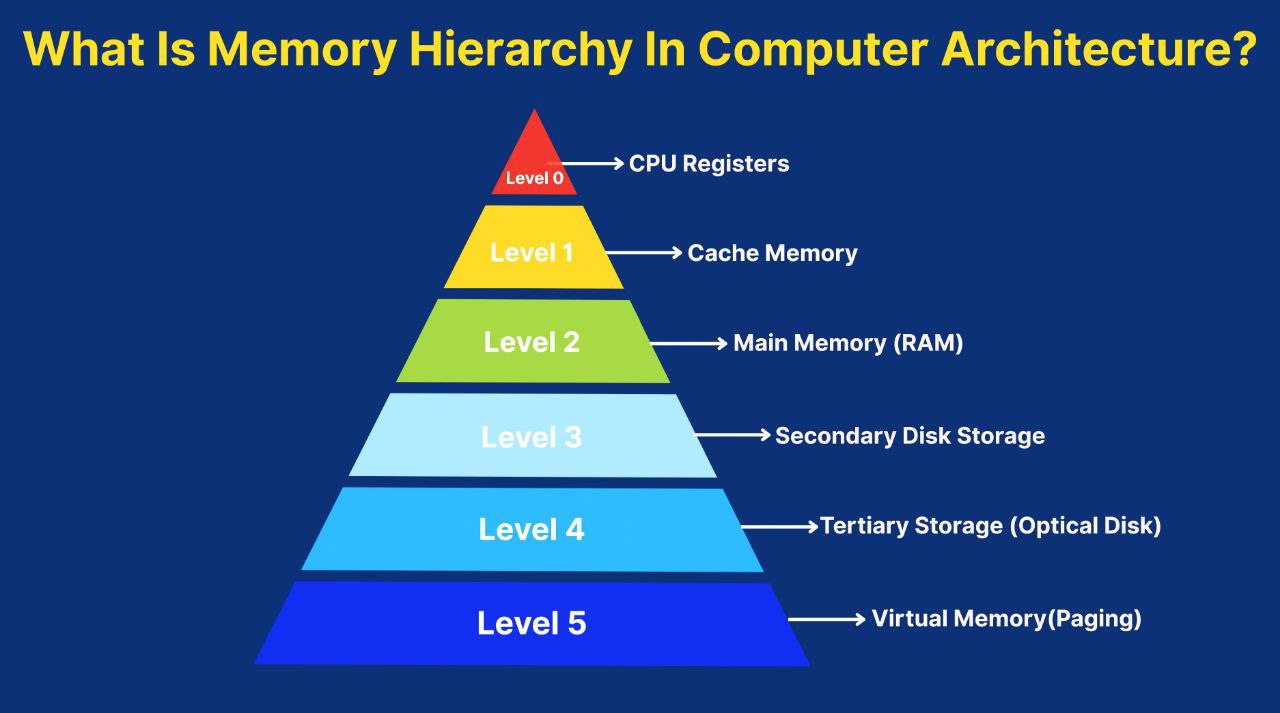Developmental and Welfare Dimensions
Developmental and Welfare Dimensions : Understanding the Concepts
The concepts of development and welfare are critical for understanding the role of the state and government in improving the lives of citizens, especially in the context of social justice and economic growth. While both terms are related, they emphasize different aspects of public policy:
- Developmental dimensions focus on long-term strategies for economic growth, social progress, and structural changes aimed at improving the overall quality of life.
- Welfare dimensions concentrate on providing immediate support and protection to vulnerable groups through social security schemes, subsidies, and public services to ensure basic standards of living.
1. Developmental Dimensions
The developmental dimensions relate to policies and programs that are aimed at the economic and social development of a country. These include measures to boost economic growth, reduce poverty, improve infrastructure, enhance education, and promote industrialization.
a. Economic Growth and Industrial Development
- Economic Growth: A key aspect of development is to increase the Gross Domestic Product (GDP) and ensure sustainable economic growth. Policies aimed at industrialization, investment in infrastructure, technological advancements, and modernization of agriculture contribute to economic development.
- Industrial Policy: Governments implement industrial policies to promote sectors that are critical for economic development. Examples include encouraging the growth of manufacturing, boosting exports, and attracting foreign direct investment (FDI).
b. Human Development
- Human Development Index (HDI): Human development focuses on improving health, education, and income levels. The HDI, which takes into account life expectancy, educational attainment, and per capita income, is a key measure of human development.
- Education: Access to quality education is a vital developmental goal. Government programs like Sarva Shiksha Abhiyan (Education for All) aim to provide universal access to primary education. Investments in higher education and vocational training are essential for creating a skilled workforce.
- Health: Health policies, such as National Health Mission and Ayushman Bharat, focus on providing affordable healthcare services to reduce mortality rates, combat diseases, and improve life expectancy.
c. Infrastructure Development
- Physical Infrastructure: Investments in roads, railways, electricity, water supply, and digital infrastructure are critical to boosting productivity, trade, and connectivity. Infrastructure projects like Bharatmala and Sagarmala aim to improve transportation networks across India.
- Urban Development: Programs like the Smart Cities Mission and Atal Mission for Rejuvenation and Urban Transformation (AMRUT) focus on sustainable urbanization by improving urban infrastructure, housing, sanitation, and public services.
d. Agricultural Development
- Modernization of Agriculture: Agriculture remains a crucial sector in many developing economies. Developmental policies focus on improving agricultural productivity through better irrigation, mechanization, access to credit, and modern farming techniques.
- Support for Farmers: Schemes like the Pradhan Mantri Kisan Samman Nidhi (PM-KISAN) provide direct income support to farmers, while Minimum Support Price (MSP) ensures farmers receive a fair price for their produce.
e. Sustainable Development
- Environmental Sustainability: Developmental policies now emphasize the importance of sustainable development to balance economic growth with environmental protection. India has committed to the Sustainable Development Goals (SDGs) and policies that address issues like climate change, deforestation, and pollution.
- Green Energy Initiatives: Programs promoting solar energy, wind power, and energy efficiency aim to reduce dependence on fossil fuels and promote renewable energy sources, contributing to long-term sustainable development.

2. Welfare Dimensions
Welfare dimensions focus on addressing immediate needs of citizens, particularly the most vulnerable sections of society, by providing social security, basic services, and redistributive policies.
a. Social Welfare Schemes
- Direct Benefit Transfers (DBT): The government provides financial assistance directly to beneficiaries through schemes like DBT, reducing corruption and ensuring that welfare reaches the intended recipients efficiently.
- Public Distribution System (PDS): The PDS is a key welfare mechanism that provides subsidized food grains to the poor. It plays a critical role in ensuring food security and addressing malnutrition.
- Housing for All: Schemes like Pradhan Mantri Awas Yojana (PMAY) aim to provide affordable housing for the urban and rural poor, contributing to improved living conditions for marginalized sections.
b. Employment and Livelihood Support
- Mahatma Gandhi National Rural Employment Guarantee Act (MGNREGA): This scheme guarantees 100 days of employment per year for rural households. It is one of the world’s largest public employment programs and plays a critical role in poverty alleviation and rural development.
- Skill Development Programs: Programs like Pradhan Mantri Kaushal Vikas Yojana (PMKVY) aim to provide vocational training and skill development to create employment opportunities for the youth and marginalized groups.
c. Social Security Programs
- Old Age Pensions: Welfare schemes provide financial assistance to the elderly through programs like the Indira Gandhi National Old Age Pension Scheme. Such initiatives ensure income support for senior citizens who lack family or employment support.
- Health Insurance: The Ayushman Bharat-Pradhan Mantri Jan Arogya Yojana (PM-JAY) provides health insurance coverage to economically weaker sections, offering financial protection against catastrophic health expenses.
d. Welfare for Marginalized Communities
- Scheduled Castes (SCs), Scheduled Tribes (STs), and Other Backward Classes (OBCs): These communities receive targeted welfare through scholarships, employment reservations, and financial support schemes to address historical inequalities and social exclusion.
- Women’s Welfare: Programs like Beti Bachao Beti Padhao and Mahila Shakti Kendra focus on improving the social, educational, and economic status of women. Maternity benefits under the Pradhan Mantri Matru Vandana Yojana (PMMVY) provide income support to pregnant and lactating women.
e. Welfare for Religious Minorities
- Educational and Economic Support: Welfare measures for religious minorities, especially Muslims, include scholarships, financial assistance, and skill development programs aimed at reducing educational and economic disparities.
f. Food and Nutrition Security
- Midday Meal Scheme: This program provides free meals to school children, aimed at improving child nutrition, increasing school enrollment, and reducing dropout rates in government schools.
- Integrated Child Development Services (ICDS): The ICDS program provides supplementary nutrition, healthcare, and pre-school education to children under six years of age and pregnant and lactating mothers.
3. Intersection of Developmental and Welfare Dimensions
- Inclusive Growth: The intersection of development and welfare focuses on ensuring that the benefits of economic growth are shared equitably across society. This includes promoting job creation, access to education, and healthcare, while ensuring that vulnerable populations are protected through welfare schemes.
- Human Capital Development: Welfare policies that provide education, healthcare, and employment support are essential for human capital development, which is crucial for long-term economic development. For example, improving access to education for marginalized groups increases productivity and economic growth potential.
- Redistributive Justice: Welfare policies play a key role in achieving redistributive justice, ensuring that economic growth benefits all sections of society, including the poor, women, SCs, STs, and OBCs. This reduces inequality and promotes social stability.

4. Challenges and Criticisms
a. Inefficiency and Corruption
- Welfare schemes are often criticized for inefficiency, leakages, and corruption in implementation. While Direct Benefit Transfers (DBT) have improved the situation, issues still persist in the delivery of services, especially in rural areas.
b. Fiscal Constraints
- The expansion of welfare programs often puts pressure on the government’s budget, leading to fiscal deficits. Balancing the need for welfare spending with the demands of economic development is a constant challenge.
c. Exclusion of Certain Groups
- Despite affirmative action and welfare measures, certain groups, especially migrant workers, urban poor, and those in the informal sector, may still be excluded from welfare benefits due to bureaucratic hurdles and lack of access to identification documents.
Conclusion
The Developmental and Welfare Dimensions are two sides of the same coin, working together to achieve a more equitable, inclusive, and prosperous society. Development policies focus on long-term economic growth and structural changes, while welfare programs provide immediate relief and protection to the most vulnerable groups. A balanced approach that integrates both dimensions is essential for achieving sustainable development and improving the overall quality of life for all citizens, particularly marginalized and disadvantaged communities.
Share this content:



Leave a Reply